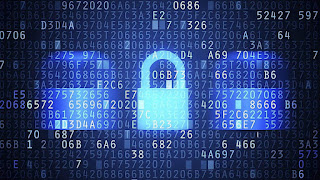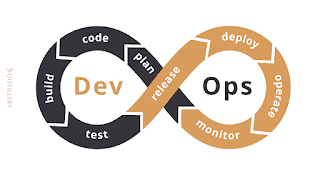Ethical hacking
Ethical hacking
Ethical hacking, also known as penetration testing or white-hat hacking, refers to the practice of intentionally and lawfully exploiting computer systems and networks to identify vulnerabilities and strengthen their security. Ethical hackers, often employed by organizations or hired as consultants, use their skills and knowledge to assess the security posture of systems, discover weaknesses, and provide recommendations for remediation. By adopting the mindset of a hacker, ethical hackers play a crucial role in protecting digital assets and defending against malicious cyber threats.
Here are some key aspects and benefits of ethical hacking:
1. Identifying Vulnerabilities: Ethical hackers conduct systematic assessments of computer systems, networks, and applications to identify vulnerabilities that could potentially be exploited by malicious attackers. This helps organizations proactively address security weaknesses before they are exploited.
2. Strengthening Cybersecurity Defenses: Through their findings, ethical hackers provide recommendations and guidance to organizations on how to enhance their cybersecurity defenses. This includes patching vulnerabilities, updating software, implementing stronger access controls, and improving security policies and procedures.
3. Protection Against Data Breaches: By identifying and addressing vulnerabilities, ethical hackers assist in preventing data breaches and unauthorized access to sensitive information. This protects organizations from reputational damage, financial losses, and legal consequences associated with data breaches.
4. Proactive Security Testing: Ethical hacking involves regular security testing to stay ahead of emerging threats. This proactive approach helps organizations continuously assess and improve their security posture, ensuring that their systems and networks remain resilient to evolving cyber threats.
5. Compliance with Security Standards: Ethical hacking aligns with various industry regulations and standards, such as the Payment Card Industry Data Security Standard (PCI DSS) and the General Data Protection Regulation (GDPR). By conducting regular security assessments, organizations can demonstrate compliance with these standards and safeguard customer data.
6. Awareness and Training: Ethical hacking activities raise awareness among employees about common security vulnerabilities, social engineering tactics, and best practices for maintaining a secure computing environment. This helps create a security-conscious culture and empowers individuals to identify and report potential security incidents.
7. Incident Response Preparedness: Ethical hackers assist organizations in developing and testing incident response plans. By simulating real-world attack scenarios, they help organizations evaluate their ability to detect, respond, and recover from security incidents effectively.
8. Reducing Financial Losses: Investing in ethical hacking can help organizations save money in the long run. By proactively addressing vulnerabilities, organizations minimize the risk of costly data breaches, system downtime, and regulatory penalties.
9. Protecting Critical Infrastructure: Ethical hacking extends beyond traditional computer systems to include critical infrastructure such as power grids, transportation systems, and industrial control systems. By identifying vulnerabilities in these systems, ethical hackers help safeguard essential services and infrastructure from cyber threats.
In conclusion, ethical hacking is a vital component of cybersecurity strategies for organizations seeking to protect their digital assets, maintain customer trust, and stay one step ahead of cybercriminals. By employing skilled professionals to assess and address vulnerabilities, organizations can significantly strengthen their security defenses, reduce the risk of cyberattacks, and ensure the integrity and confidentiality of their information. Ethical hacking plays a critical role in fostering a secure digital environment for businesses, individuals, and society as a whole.




Comments
Post a Comment